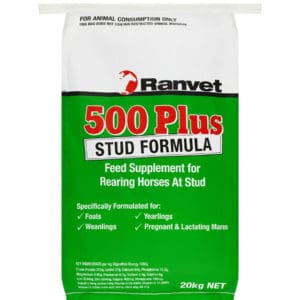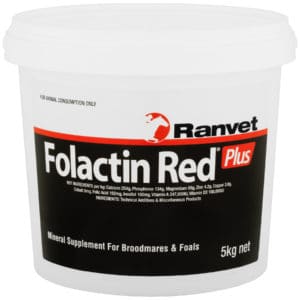Developmental Orthopaedic Disease in horses
Developmental Orthopaedic Disease (DOD) in horses is a multi-factorial syndrome, which describes a range of skeletal problems associated with the growth and development of young horses. These abnormal bone/cartilage developments which arise in young horses may lead to future problems in soundness, health and performance.
- Approximately 4-8% of weanlings/yearlings will develop osteochondrosis
- Approximately 10% of foals are not able to be sold through yearling sales due to DOD’s
- Over 40% of foals require correct shoeing and trimming to rectify DOD’s
- More than 60% of foals with osteochondrosis shown clinical signs before 12 months of age
Types of Developmental Orthopaedic Disease in horses:
- Osteochondrosis: A defect in the echondral ossification process which leads to osteochondritis dissecans (OCD). Osteochondrosis has been strongly correlated with excessive energy intake >120% National Research Council (NRC) recommended requirements. Conversely, excess protein >126% NRC requirements caused no greater incidence in DOD’s.
- Osteochondritis dissecans (OCD): The result of defective maturation of cartilage into bone. During growth, cartilage that does not ossify properly will not reach optimal strength and viability. Portions of the cartilage may crack under stress and may protrude into the joint causing future arthritic problems.
- Physitis: A defect in the ossification of the physis (growth plate/s), resulting in inflammation at the end of long bones giving an hour glass appearance.
- Contracted Flexor Tendons: Flexural limb deformities occur when tightening or shortening of the flexor tendon impairs the ability for full extension of the leg. E.g. Club feet.
- Subchondral Bone Cysts: Are similar to OCD lesions, however, the problem occurs deeper within the joint surface, causing joint fluid to leak into the cavity, the result of which is a fluid filled bone cyst.
- Cervical Vertebral Malformation (Wobbler Syndrome): Is a result of excessive growth within the vertebral canal of the neck, resulting in compression of the spinal chord and impaired neurological function.
Causes of Developmental Orthopaedic Disease in horses:
- Rapid growth
- Trauma to the metaphyseal growth plate or articular cartilage
- Genetics/ Heritability
- Nutritional imbalances
Preventative measures for Developmental Orthopaedic Disease in horses:
- Provision of suitable forms of energy to ensure a steady rate of growth and development. (Below is a guide with estimated growth rates of foals)
Thoroughbred foal at 3 months: 1-1.2 kg in bodyweight per day
Thoroughbred foal at 6 months: 0.65-0.85 kg in bodyweight per day
Thoroughbred foal at 12 months: 0.5-0.65 kg in bodyweight per day
- Provision of a quality source of protein such as Ranvet 500 PLUS® for muscle fibre, tendon and ligament development.
- The use of creep feeding for the gradual transition to hard feed and to compensate for nutritional deficiencies in the mares milk.
- Provision of an optimal balance of minerals, in particular calcium and phosphorous, zinc and copper to the mare during late gestation and to the foal will facilitate cartilage development, matrix mineralisation and bone growth.
- Allow a gradual increase in exercise intensity NB; do not restrict free exercise
- Avoid breeding from genetic lines with a history of DOD’s
- Ensure optimal body condition of the broodmare (not too fat, not too thin!) during the final stages of gestation for appropriate development and positioning of the foetus.
- Feed small amounts frequently to avoid large fluctuations in digestive hormones.
Ranvet 500 PLUS® is a concentrated protein supplement that contains high levels of essential amino acids (lysine, methionine and arginine) and additional vitamins and minerals to minimise mineral deficiencies that may result in a DOD.
Folactin Red Plus is a vitamin and mineral supplement that contains high level of minerals required for optimal growth and development in a young horse. The provision of a reliable source of calcium, phosphorous, zinc, copper, selenium will enable optimal bone mineralisation and remodelling, muscle fibre, tendon and ligament development.

Click here to see Ranvet’s suggested diet for growing horses:
Experts in Equine Nutrition
Every product in the Ranvet range has been developed to meet a horse’s most specific need at any given time, be it in a training environment or on a breeding farm. Having pioneered the formulation of specific medications and dietary supplements for horses, the company is now recognised as a leader in the areas of equine health and nutrition.
